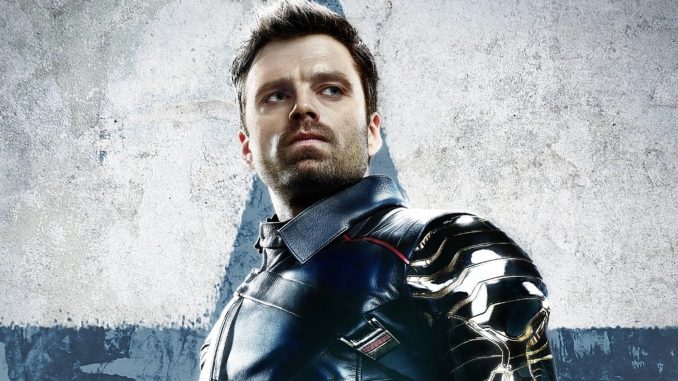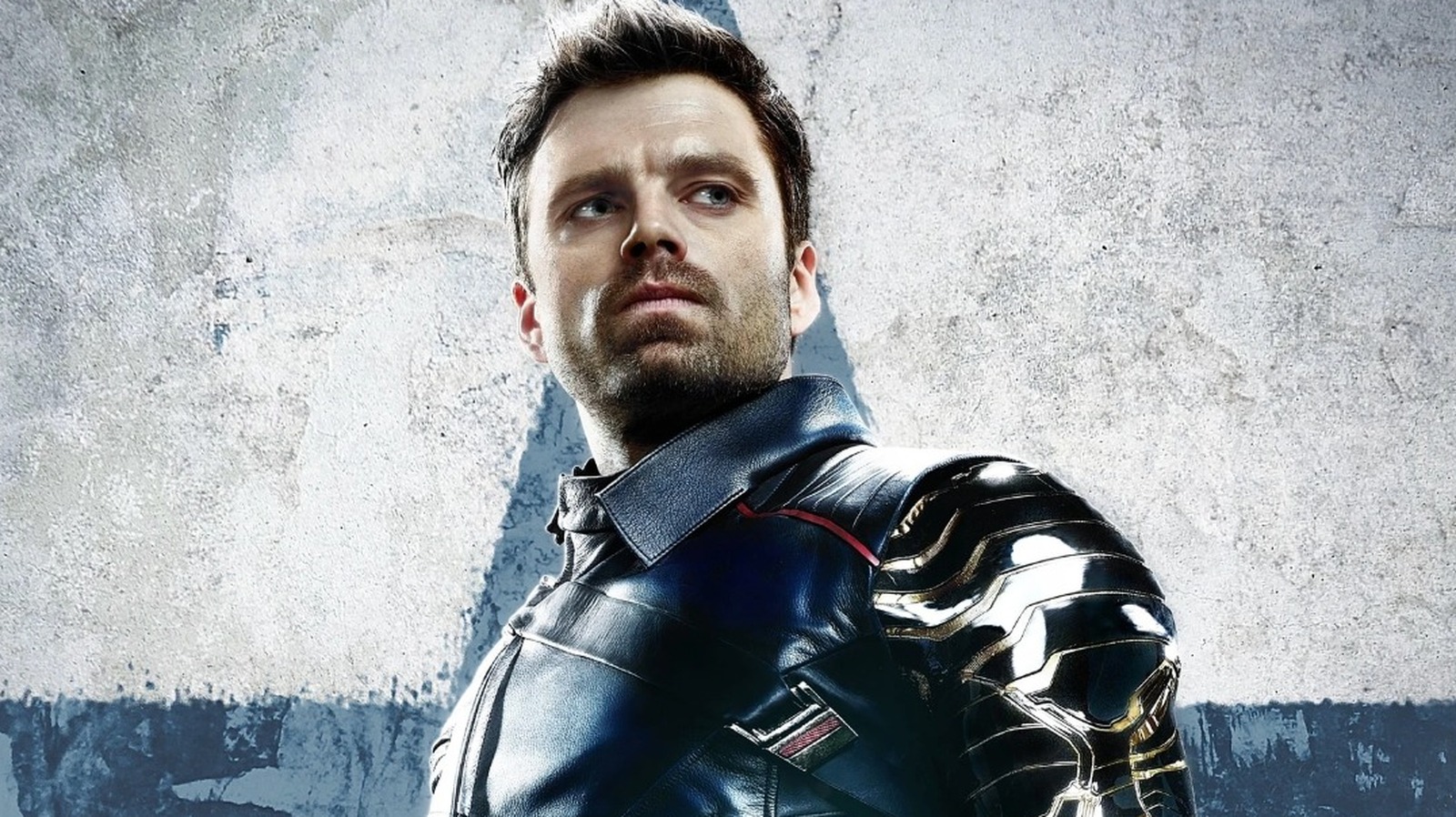

Unlike most Marvel Comics heroes, Cap and Bucky were created contemporaneously with the older DC heroes. Their dynamic feels especially reminiscent of Batman and Robin, the latter of whom had debuted months before “Captain America Comics” #1. Most of the major DC heroes also have their own Robin equivalent: Kid Flash, Wonder Girl, Aqualad, Speedy, etc. Few of the Marvel heroes do, though, because Lee never grasped what made a kid sidekick a good idea.
In the 1974 book “The Origins of Marvel Comics,” Lee wrote: “One of my many pet peeves has always been the young teenage sidekick of the average superhero. Once again, if yours truly were a superhero, there’s no way I’d pal around with some freckle-faced teenager. At the very least, people would start to talk.”
That last part isn’t unfounded: Batman and Robin came under fire in the 1950s for supposedly promoting homosexuality to children. As for why Bucky died violently and pointlessly, that’s Lee underscoring the danger a child would be if they tried fighting crime; it’s not just silly for superheroes to partner up with kids, it’d be irresponsible.
Despite Lee’s protestations, there was a sidekick in some of his early Marvel Comics: Rick Jones. Introduced in “The Incredible Hulk” #1, Rick was a young runaway and someone for the Hulk to bounce off of. He later united the Avengers with an SOS signal when the Hulk was in trouble. In including Rick, it’s clear Lee did understand why superhero stories had sidekicks: The kids were there to give the young readers a character in which to see themselves, and someone the main lead could talk to. If Batman is Sherlock Holmes, Robin is Watson (and Commissioner Gordon is Inspector Lestrade).
The difference is that Rick Jones rarely got involved in actual battles and didn’t have a dual identity. In “Captain America” #110, Rick briefly dressed up in Bucky’s old costume, but Steve decided this wasn’t a good idea. When Cap did get a new partner, it was the Falcon, who was a grown man and equal.
The greater frailty and complexity of Marvel’s heroes is often described (including by well-known figures like George R.R. Martin) as Lee’s greatest innovation to the superhero formula. This is exemplified in Spider-Man, a teenager who himself was a superhero rather than the loyal assistant to one. The closest prior comparison would be Captain Marvel, a child who became an adult hero by saying the magic word “Shazam!” But even that runs on the idea that kids would only respond to a perfect adult hero; Captain Marvel next to Spider-Man is the difference between a power fantasy and seeing your real struggles reflected back at you.
Similarly, though Johnny Storm always behaved like a little kid brother, he was still an equal member of the Fantastic Four. Though led by Professor X, the X-Men too were teenage heroes in Spider-Man’s vein, and, like him, ostracized from society, reflecting the feelings of real ’60s teenagers much more than plucky Bucky.

Leave a Reply